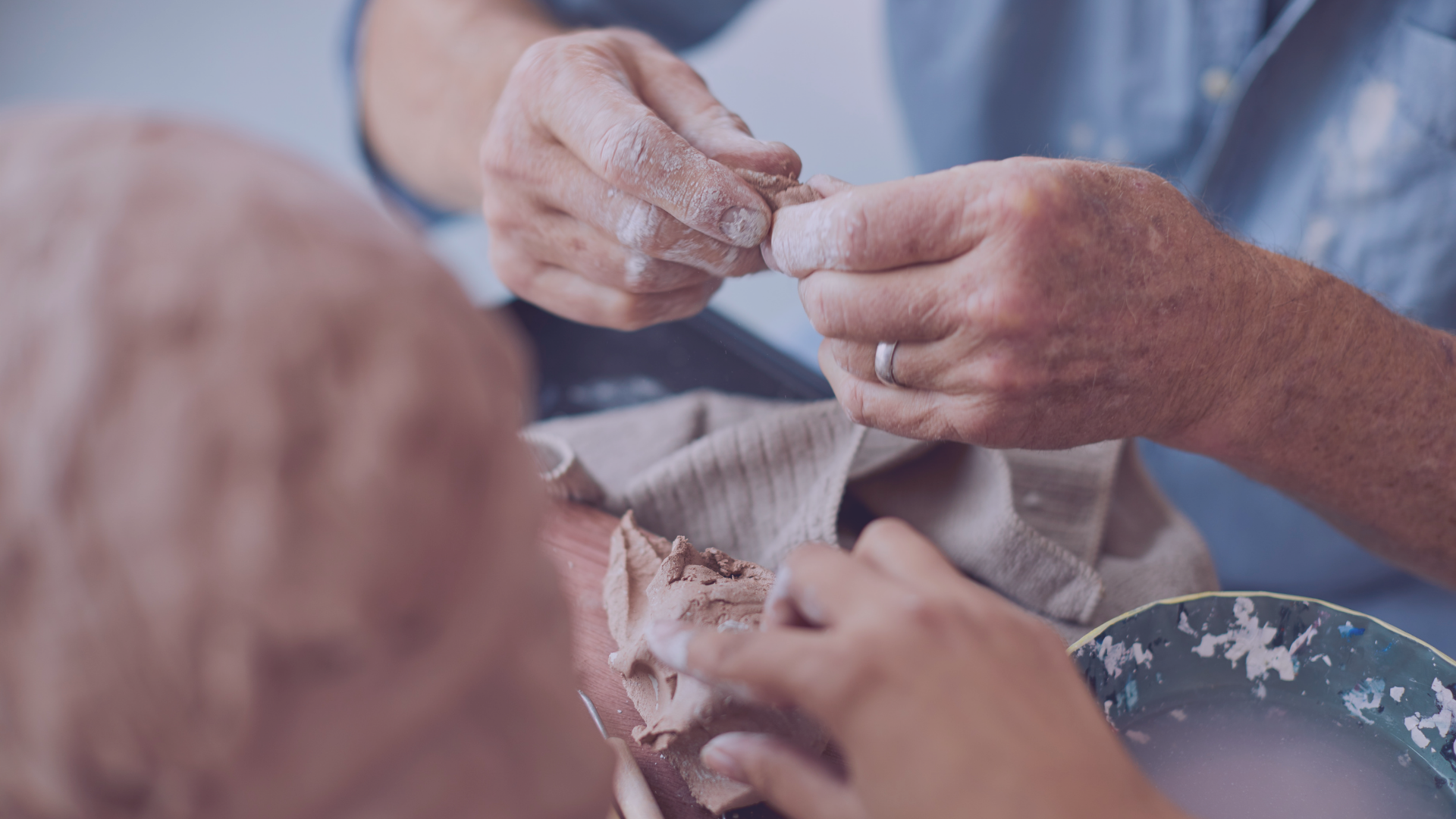
Stress Management
Managing your stress is an example of an ongoing practice that requires a variety of techniques to have a healthy relationship with stress and prevent it from causing mental and physical harm. Below are a few practices to consider for relaxing your mind and body.
Managing stress is an ongoing practice that can help you find greater balance.
Relaxing the mind
These are some helpful techniques from Kaiser Permanente on how to quiet the mind:
The quiet moments in your day offer natural opportunities to let go of stress. Here’s how to make the most of them.
Read something out loud. A good piece of writing or poetry read aloud can have a very soothing effect. That’s why children love to be read to. If you don’t like to read out loud to yourself, try listening to an audiobook.
Listen, really listen, to a piece of music. Sit or lie down and listen to an entire album, symphony, opera, or whatever suits your taste. You may feel yourself getting antsy or reaching for your phone at first, but soon you’ll sink into the sounds.
Relax your muscles with a body scan. Progressive muscle relaxation — also known as a “body scan” exercise — can help you notice where you’re holding stress. It doesn’t take long, and it’s simple to do:
Write. It may help to write about things that are bothering you. This helps you identify how much stress you feel and what is causing it. When you know this, you can find better ways to cope.
Let your feelings out. Talk, laugh, cry, and express anger when you need to. Talking with friends, family, a counselor, or a member of the clergy about your feelings is a healthy way to relieve stress.
Do something you enjoy. For example, listen to music or go to a movie. Practice your hobby or do volunteer work.
Meditate. This can help you relax because you are not worrying about what happened before or what may happen in the future.
Practice guided imagery. Imagine yourself in any setting that helps you feel calm. You can use audiotapes, books, or a teacher to guide you.
Relaxing the body
Body Scan Exercise
Lie down comfortably on your back with your legs straight. Close your eyes. Start by tensing the muscles in your feet, then relax. Work your way up through your body, doing the same thing in sequence from your feet to your head. Often it’s only by experiencing muscle tension and letting it go that we become aware of just how much tension our bodies are holding.
It can also help to listen to guided meditations. Here are two from Kaiser Permanente that you may find helpful.
Do something active. Exercise or movement can help reduce stress. Walking is a great way to get started. Even everyday activities, such as house cleaning or yard work, can help.
Do breathing exercises. For example:
From a standing position, bend forward from the waist with your knees slightly bent. Let your arms dangle close to the floor.
Breathe in slowly and deeply as you return to a standing position. Roll up slowly and lift your head last.
Hold your breath for just a few seconds in the standing position.
Breathe out slowly and bend forward from the waist.
Try yoga or tai chi. These techniques combine exercise and meditation. You may need some training at first to learn them.